
Published:
Readtime: 5 min
Every product is carefully selected by our editors and experts. If you buy from a link, we may earn a commission. Learn more. For more information on how we test products, click here.
Drawing the line between art and watchmaking can be a difficult task. In fact, we’ve seen that line become so blurred in recent years that at times it’s completely disappeared from view. Now, as if to scuttle our efforts to maintain any sense of the separation between horology and fine art forevermore, Jaeger-LeCoultre has returned with the latest instalment of its Made of Makers programme. Collaborating with Los Angeles-based multi-media artist Brendi Wedinger, the master Swiss watchmaker claims its intention is to “expand its cultural universe” through the project, which consists of a stunning trio of digital three-dimensional artworks inspired by Jaeger-LeCoultre’s Vallée de Joux home and collectively referred to as the 1931 Golden Flowers.
The three works, which may at first glance appear to be relatively direct 3D renders of a poppy, an orchid, and a thistle, are actually far more complex, sophisticated, and surrealist. What’s more, they’re destined to be seen in a wide variety of Jaeger-LeCoultre’s future initiatives, becoming part of its visual identity. Each of the flowers is what the brand describes as an “idealised homage” to blossoms found in proximity of its headquarters, rather than a particular species found in nature, and each is digitally rendered in one of the precious metals so masterfully harnessed by Jaeger-LeCoultre.
More: A World-Class Patek Philippe Collection Just Touched Down in Melbourne
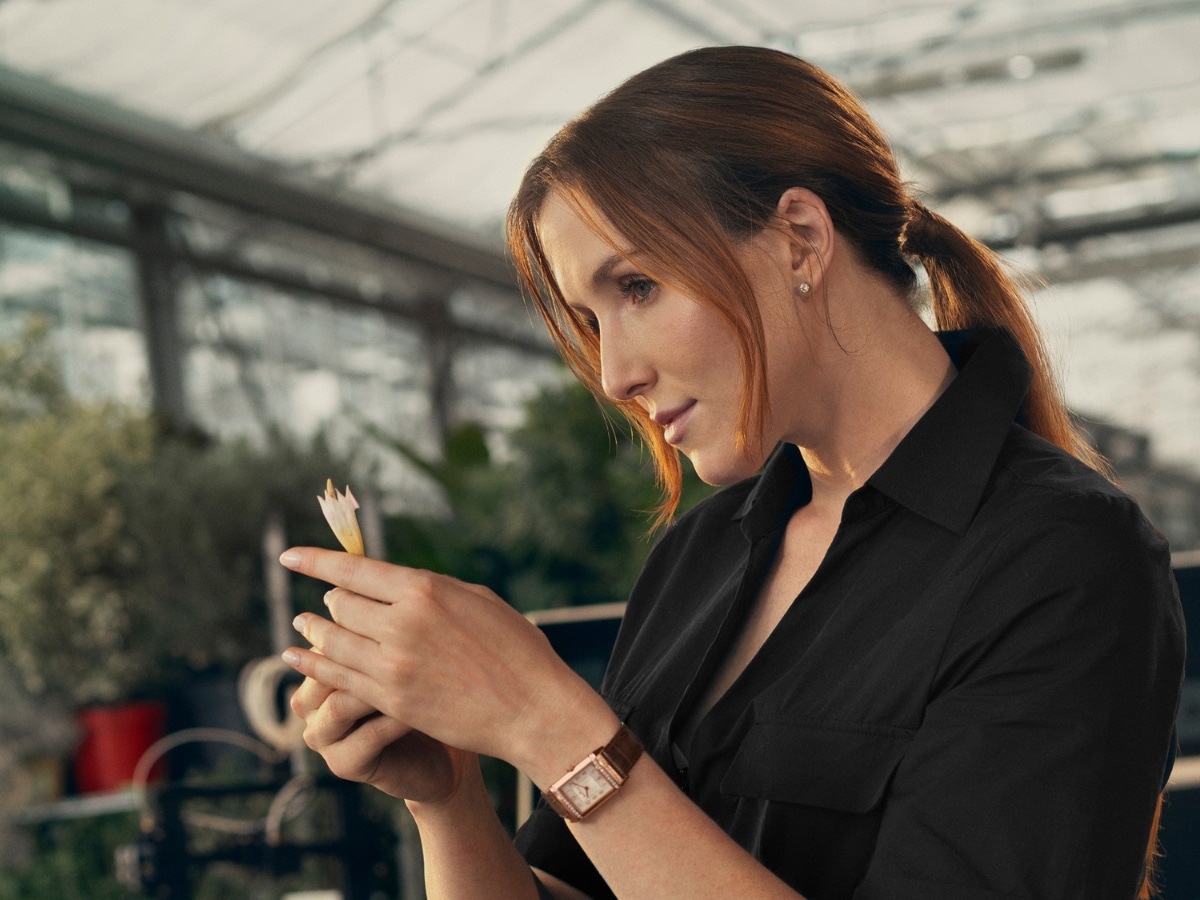
Journey into a Fantasy World
Starting the project with a visit to the Vallée de Joux—a must for all Made of Makers collaborators—Wedinger says she took inspiration from many and varied elements of the watchmaker’s operation and its almost otherworldly surroundings: “Everything about that visit—from the wildflowers in the fields, to the incredible complexity and tiny scale of the watch components and the patience and skill of all the different craftsmen in the Manufacture—was like a romantic fantasy world, so far from the lightning-fast pace of modern life.”
Wedinger took this inspiration on board and began crafting the three flowers, using the process to play with contrasting notions like the organic softness of nature versus metal’s cold solidity, the relationship between the digital and the physical, and that of the ephemeral and the static. As she explains, “Rather than using a computer programme to design the work from the outset, I always begin by using the technical tools to hand-sculpt the larger three-dimensional elements, such as the petals of a flower, and hand-draw the fine details.”
Upon the completion of this stage, Wedinger deploys numerous mathematical equations to create textures, transparency, and layering effects within the flowers, crafting elements in her digital art form that she says would not be possible in the physical world: “What drew me to the digital medium is that it gives me more tools to play with and a wider scope for experimentation, so that my work becomes a more expressive homage to nature rather than a literal representation of it.”
More: Audemars Piguet Claims ‘World’s Best’ Honours at 2023 GPHG Awards
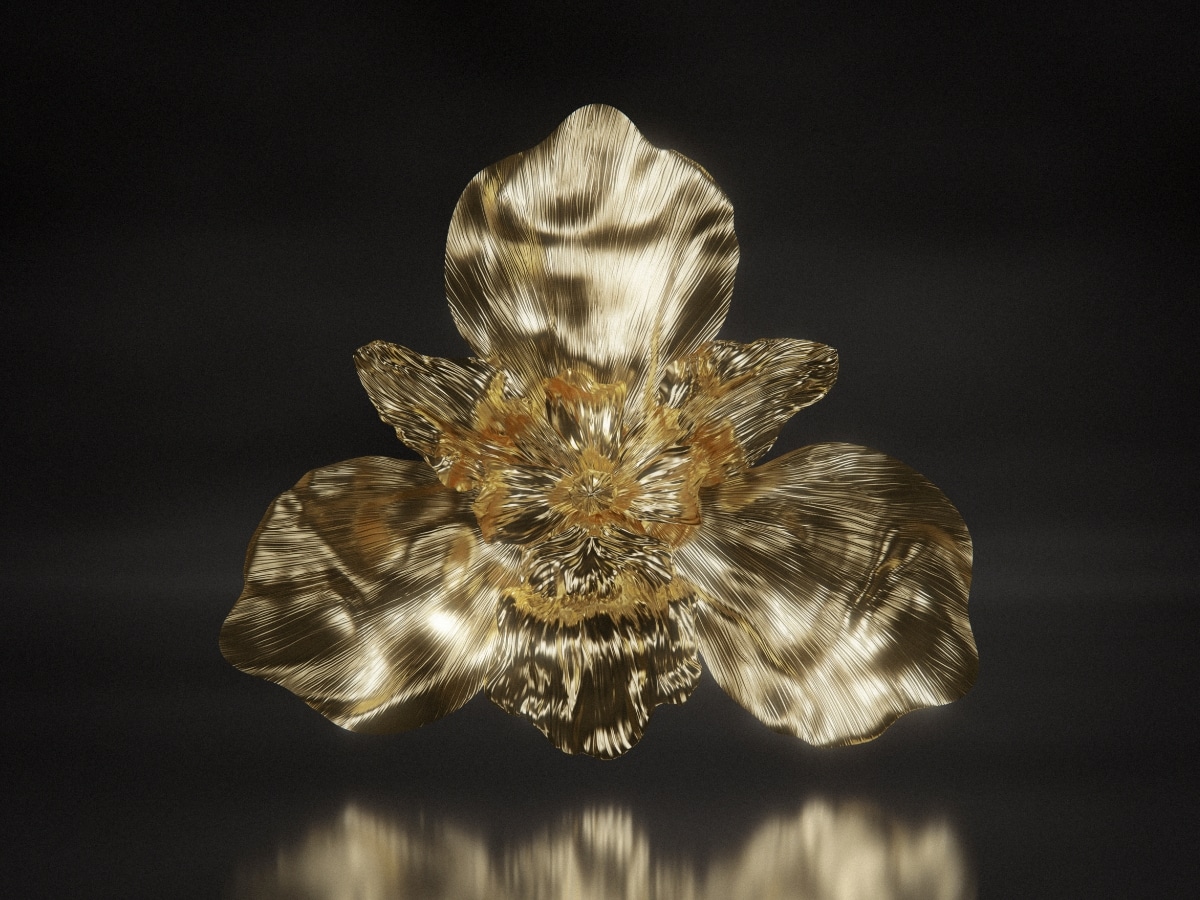
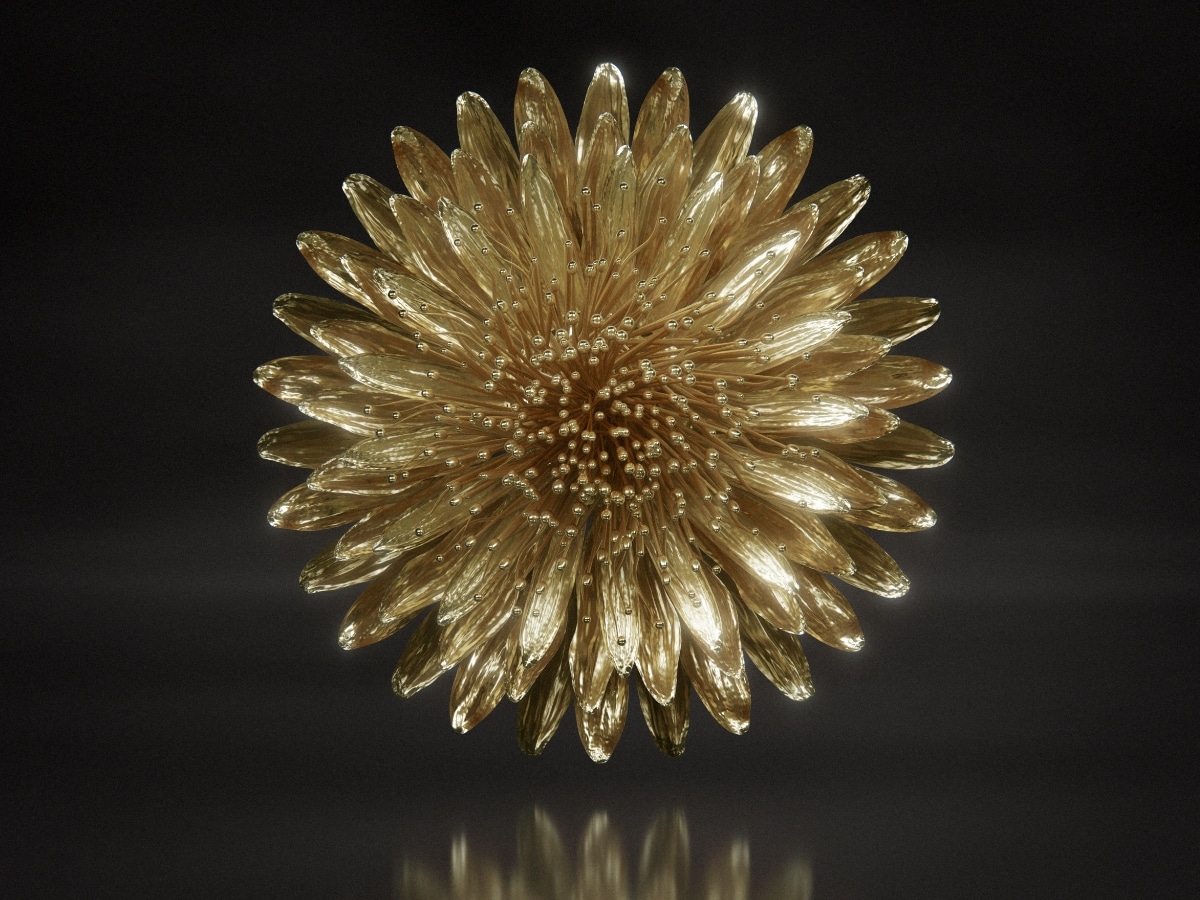
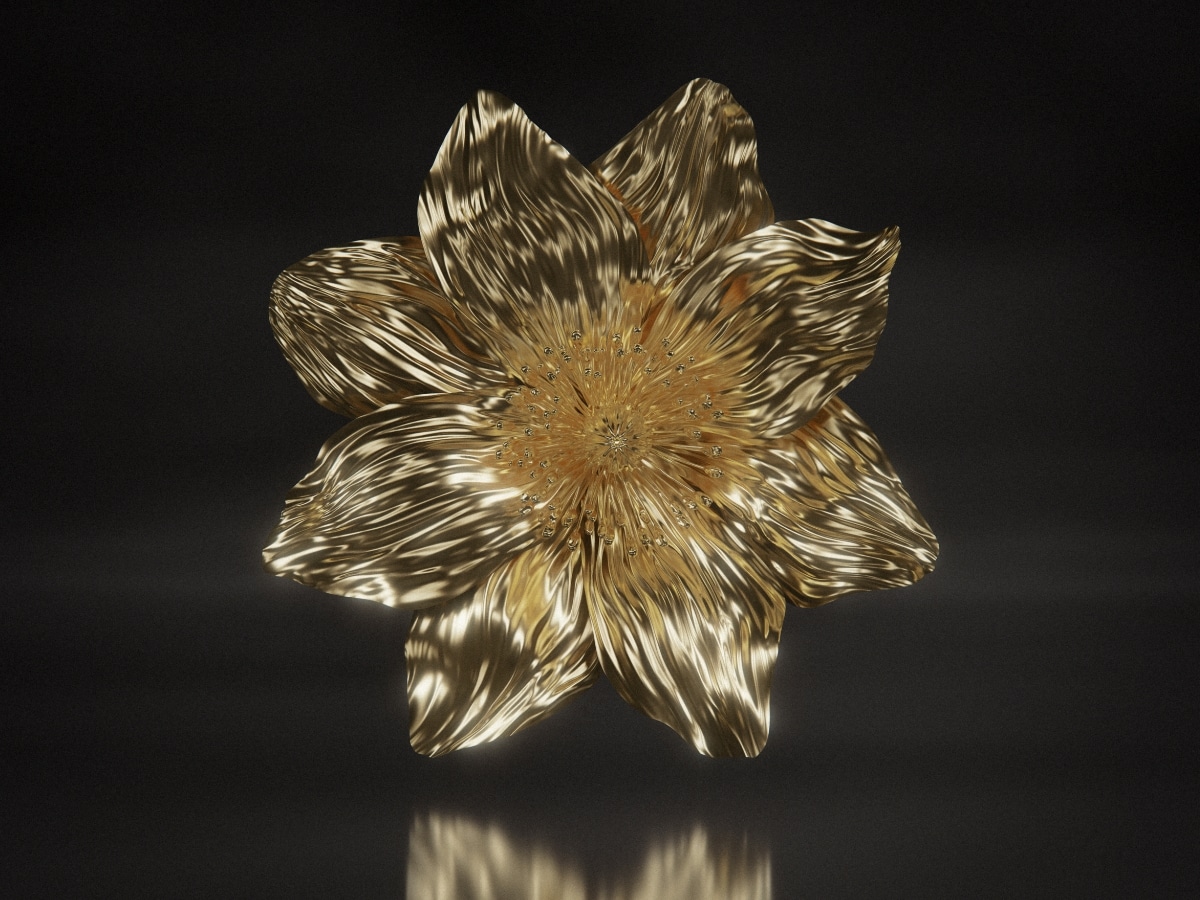
A Rose by Any Other Name…
Upon their completion, Wedinger’s next task was to name her creations. Following botanical tradition, she gave each flower an official Latin name with a formal English counterpart. And in order to link the flowers back to its own history, Jaeger-LeCoultre added an official name that pays tribute to the Reverso’s year of origin. The result is three names of such impressive extravagance that it would make even history’s most indulgent monarchs blush.
The first is Flos Montis Fluit (Flower of the Mountain Flows), known as the 1931 Golden Poppy, which Wedinger created using elements of poppy, alpine pasque, and grass of parnassus. Second, we have Gemma Vallis (The Jewel of the Vallee), known as the 1931 Golden Orchid, through which Wedinger combined poet’s daffodil, red hemp nettle, and late spider orchid. And finally, the third flower is Rhapsodia Petalorum Alpinorum (The Rhapsody of Alpine Petals), known as the 1931 Golden Thistle, which saw Wedinger combine water mint, scabious and fringed pink.
More: Hublot and Dr. Samuel Ross Cook Up a $200,000 Big Bang Tourbillon

As they’ve blurred the lines between horology and fine art through the creation of the 1931 Golden Flowers, Wedinger and Jaeger-LeCoultre have done the same to the boundaries between the real and the surreal, taking recognisable elements from nature and creating something it can be difficult to wrap your mind around. As Wedinger puts it, “When people look more deeply at each work, they will see that every element is recognisable and traceable to a natural flower, but I remixed and layered the details to emphasise their surreal nature.”
Whatever the case may be, the final result is three stunning works that inarguably and impressively continue to expand Jaeger-LeCoultre’s cultural universe beyond horology and into fine art.
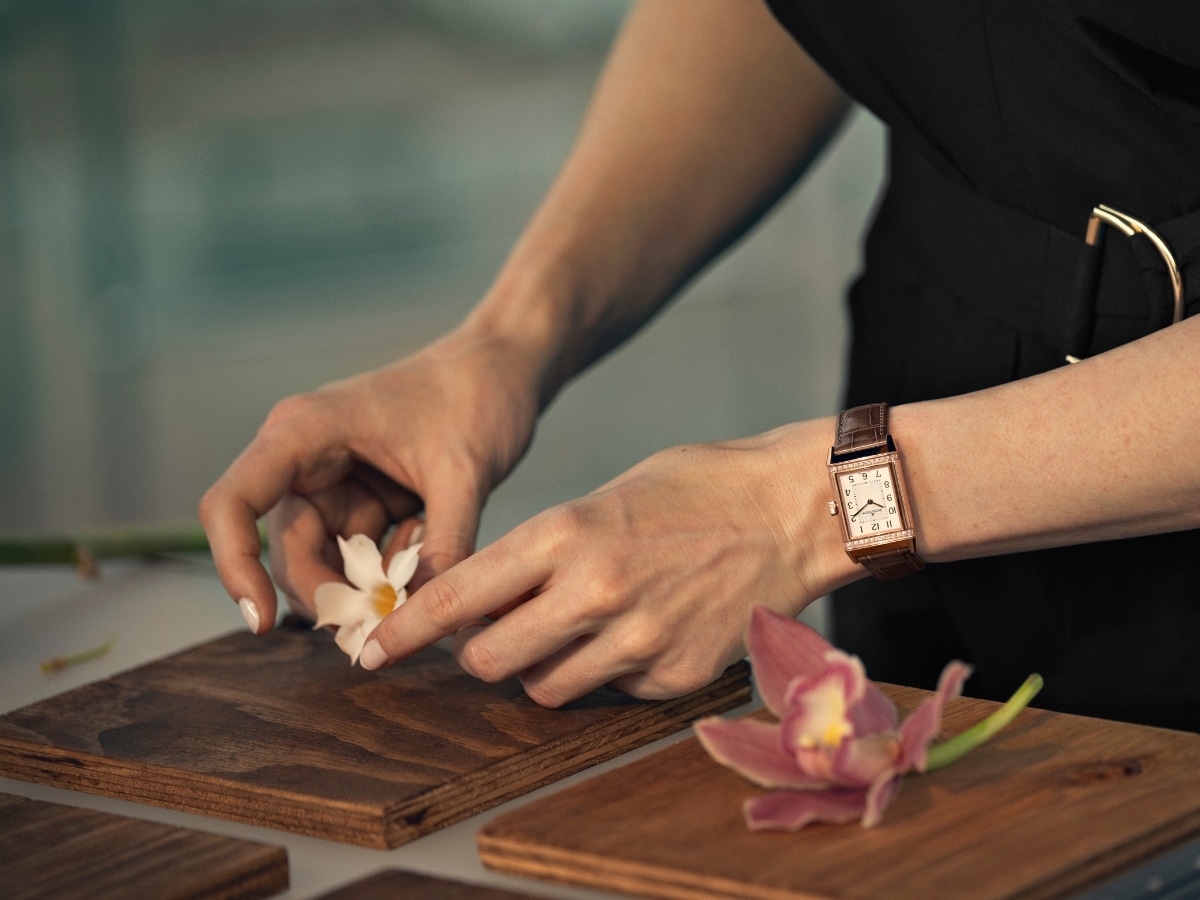














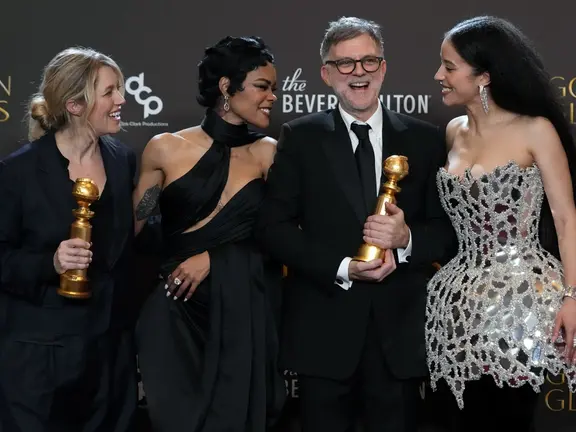
















Comments
We love hearing from you. or to leave a comment.